In her Words: Shaunna Nygren
4 years ago by
When I moved to Hawai’i with a backpack and a boyfriend straight from the East Village in New York City, I only intended to stay for a year. That was in 2005. The year is now 2020 and I share a barn-turned-home with my husband, our two daughters, a large dog and a few guinea pigs in the lush, tropical jungle of Ha’iku, Maui.
Growing up on the East Coast, I’ve had a relationship with the ocean my entire life but it was a seasonal kind of fling. Every summer, my family would load up our Jeep Wagoneer with some of our belongings and head south towards Cape Cod. But our destination was just shy of the touristy coastal outpost. We were heading to a lesser known beach town, affectionately called “the poor man’s Cape,” ripe with salty fisherman and watering holes serving up clam chowdah and baked-stuffed lobstah for a fraction of the price of those overcrowded places. To my family, it was our own slice of rocky shore for three glorious months a year. To state the obvious, the Atlantic Ocean is freezing cold, so my time spent in the water was brief yet purposeful. When you were hot and sweaty, you ran in, prepared to plunge under as fast as possible, then emerged breathless with a sense that your heart might stop beating. There was no wading in the water, even in humid, sticky August.
In Hawai’i, the relationship to the ocean is longstanding and complex. Surfing, fishing, snorkeling and diving are second nature, like reflexes here in the islands, and are historically fundamental to the native Hawaiian culture, not merely a past-time. I’ve watched the gloriously warm Hawaiian Pacific Ocean give one physical purpose, provide sustenance and permeate the soul. And for most, this relationship with the mystical sea even justifies the cost of living in one of the most expensive places in the world. I suppose my mental barrier to entering the surfing realm was coated in these seemingly weighted concepts attached to cultural identity and heritage. I’ve always been aware that the true nature of surfing stretches far beyond the mainstream cliches. To truly connect with the indigenous sport is to learn to observe the elements of nature: the wind, the tides, the moon phases and cloud patterns, and pay reverence to the land that we inhabit here in the islands. Simply swimming in the Pacific Ocean satisfied me for many years, but when the Coronavirus pandemic brought the world to a screeching halt and shut down the tourism machine in Hawai’i, nature was a welcome, safe reprieve for solo exploration and pause.
Hawai’i, as of March 26th, has mandated that any visitors to the islands must quarantine for 14 days and has now extended that travel ban until October 15th, 2020. Anyone caught breaking quarantine may face up to 5k in fines or serve jail time. While these stringent travel restrictions have kept Hawai’i’s Coronavirus numbers among the lowest in the U.S., they’ve decimated Hawai’i’s tourism industry.
As a freelance designer in one of the top luxury destination wedding markets in the world, my work is on permanent hiatus. All weddings on the books in 2020 have been wiped clean, with no sign of when or if they will return. We typically spend the summer months on the island of O’ahu where my husband’s company is based (and continues to operate as one of the few essential exceptions). If there was ever a time to experience the world-famous Waikiki Beach—where wave sliding began with Polynesian royalty on gigantic wooden boards—it is now. For a beginner surfer, Waikiki is a dream; long, slow waves, sandy on the bottom and a short paddle-out. It is here that my new, post-Covid daily routine was born.
Every morning when the sun comes up, I balance my longboard atop my head and walk barefoot on the stone sidewalk past the homeless regulars waking up beneath the pavilion, around the banyan tree that marks Waikiki where the canoe club and groms gather. Kalakaua Avenue is eerily empty, with storefronts and restaurants boarded up and oceanfront hotels that sit vacant. Palm trees still sway in the breeze and the faint smell of plumeria blossoms fill the air.
A few weeks into surfing Waikiki, a big, local uncle asked me, “fun waves out there sistah? Locals only!,” as if to express his heartfelt wish to have paradise all to himself again. In many ways since the pause in tourism, Hawai’i has returned to the nostalgic and longed for days of the ‘70s, before Hawai’i’s natural splendor was marketed as the world’s tropical playground. Since Covid-19 entered our collective vocabulary, residents are experiencing traffic-free roads, glowing ocean reefs with booming sea life and pristine, empty beaches. With unemployment rates soaring to the highest in the nation (1 in 3 people are out of work), the line-ups are crowded because locals actually have time to surf.
My daily mantra when I enter the ocean, if you will, is to demystify surfing and the intimidating hipness that surrounds it. Duke Paoa Kahinu Mokoe Hulikohola Kahanamoku was a skilled wave-rider who popularized the ancient Hawaiian sport, but “his real gift to surfing was the way he presented it as something that could be practiced with grace, humor and generosity. ‘You know,’ he said in 1965, ‘there are so many waves coming in all the time, you don’t have to worry about that. Take your time, wave come. Let the other guys go; catch another one” (eos.surf). Though gazed upon by fewer visitors these days, the statue of Kahanamoku draped in fresh flower lei stands in Waikiki as a reminder that surfing will always be a Native Hawaiian sport.
When you first learn to surf, you can only focus on the physicality of paddling and balancing your body atop your board. A friend and legendary surfer told me early on, “once you can paddle, you can surf.” I soon discovered that sitting atop my board looking expectedly at the horizon for a set rolling in is the quickest path to true calm and tranquility. Your mind is clear of all the noise that typically consumes it as of late. Will my young kids return to school in the fall and remember the easy, carefree times of gathering with friends? Will we wear masks in public spaces forever? Just as the swell rolls in, you’re on your feet gliding atop the water and the speed of the ocean carries you and it’s a sensation unlike any other. Thoughts fall to the wayside.
Once I began surfing every day, all other forms of physical exercise ceased to exist. No more at-home workouts sounding from my iPhone while sheltering in place. No more pushups in my comfy sweats or yoga atop a towel in my bedroom. The muscle aches in my arms and shoulders from paddling out to a break were constant. In the mornings with few people in the water—when the conditions weren’t ideal—I paddled out just to feel the warmth of the ocean and clear my head. There is always a takeaway in the water; when to be patient and just wait, when to trust your instincts and start paddling. If the conditions are slow and flat and seemingly unmoving, you just keep looking towards the horizon because something good is bound to come. Eventually a set rolls in and almost in unison, everyone in the water starts to move, shifting on their board, looking around, paddling to face the shore. Like a beautiful and spontaneous dance, bodies pop up and down in the white wash, carving out a wake and making room for one another.
Some days, surfing feels hard for no logical reason. My body doesn’t quite align right with my board and I find myself getting in everyone’s way, moving at a turtle’s pace, feeling heavy and hopeless caught beneath the surface of the water. But after a few hours of attempted oneness with the ocean, I’d return to our apartment where my young girls were still asleep and my husband would ask, “how was the surf?” I’d pour a cup of coffee and say, “so much fun,” even if I didn’t ride a single wave. For a brief moment in time, all was well. And then I picked up my iPhone again to tune into the world beyond. After all, complete enlightenment takes time.
Hopefully the woman who will emerge from this pandemic, like the woman who emerges from the ocean now, is different than the one who went in just a few long months ago. There is a quiet, therapeutic magic that has taken place in the salty waters that has brought me a new sense of gratitude and peace; a momentary reprieve from being a mother during this time rife with uncertainty and struggle. While the Covid-19 pandemic has highlighted our systemic failures and brought anxiety, financial worry and overwhelming despair, it has revealed some wonderful, simple truths about how we want to live our lives. Every wave of moving energy that I connect with in the ocean is a gift from nature and I’m grateful for this strange time in history to have learned to ride a wave and feel true freedom.
Shaunna grew up in a purple Victorian house in the suburbs of Boston, Massachusetts. She discovered and ditched her fabled Boston accent during her freshman year of college at Fordham University in the Bronx, New York where she studied journalism. She began her editorial career writing music reviews for Vice while it was still a coveted free zine scattered across downtown NYC. These days she lives on the island of Maui with her husband Jason and two daughters Lorea Darling and Paloma Darling. Her work life includes floral design, writing and website design & branding projects. She enjoys drinking coffee and exploring faraway places.

























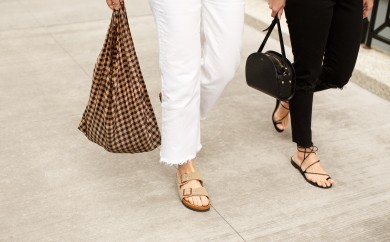
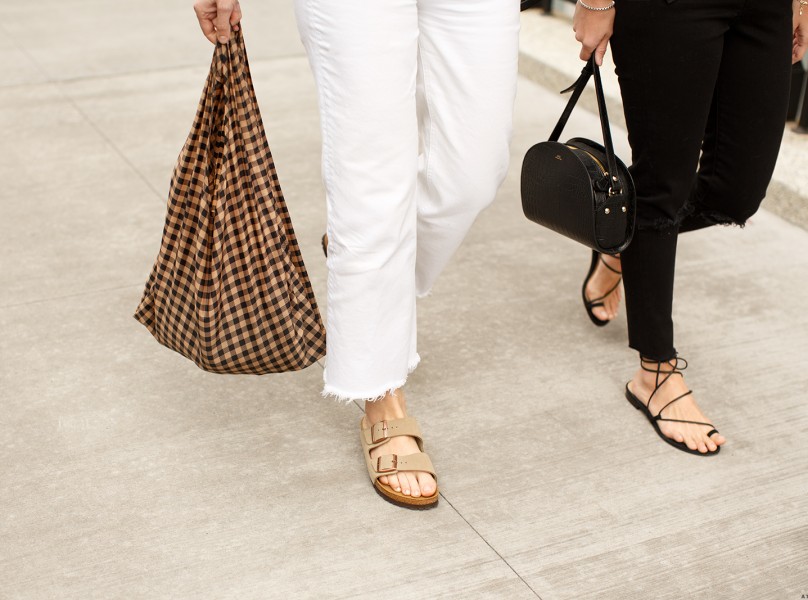
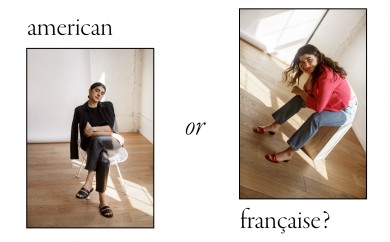
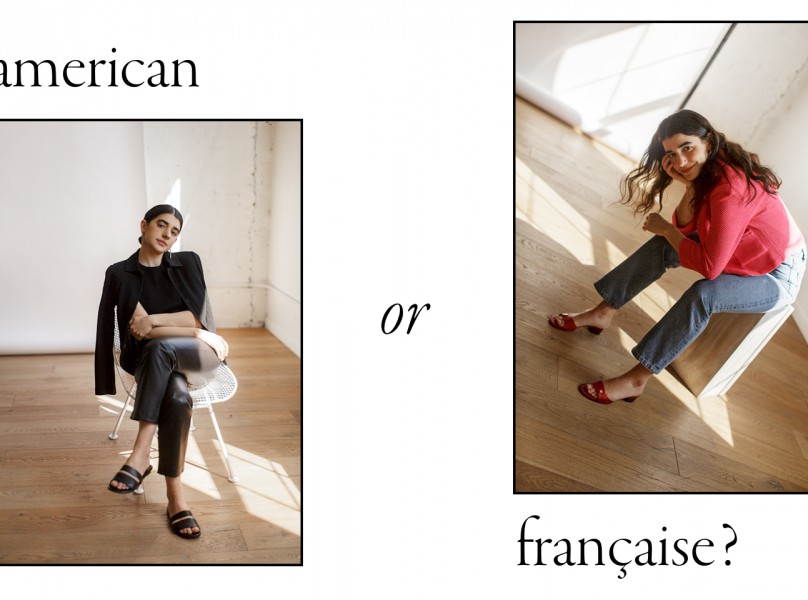
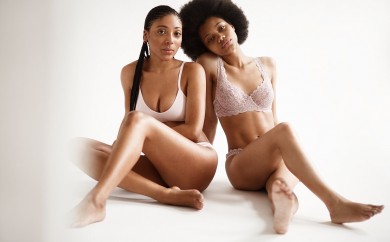
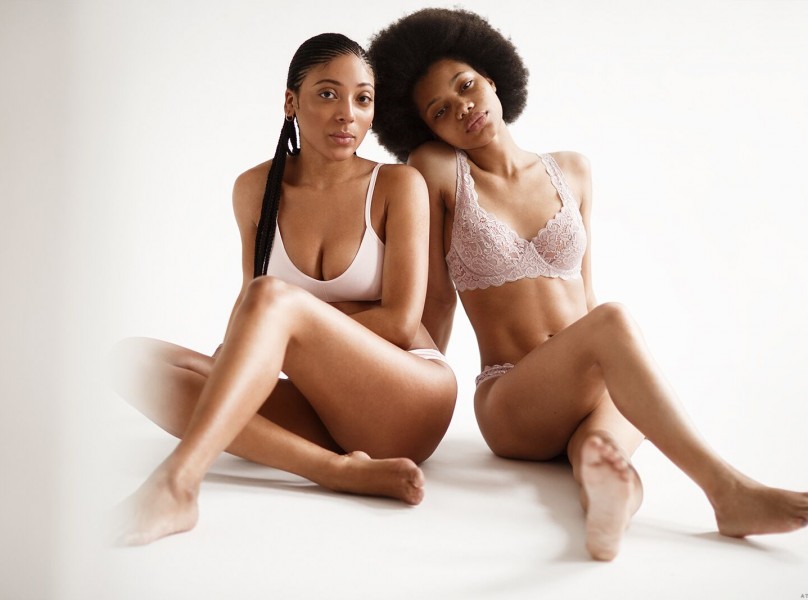
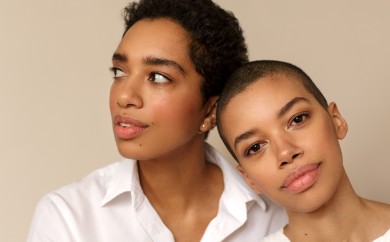
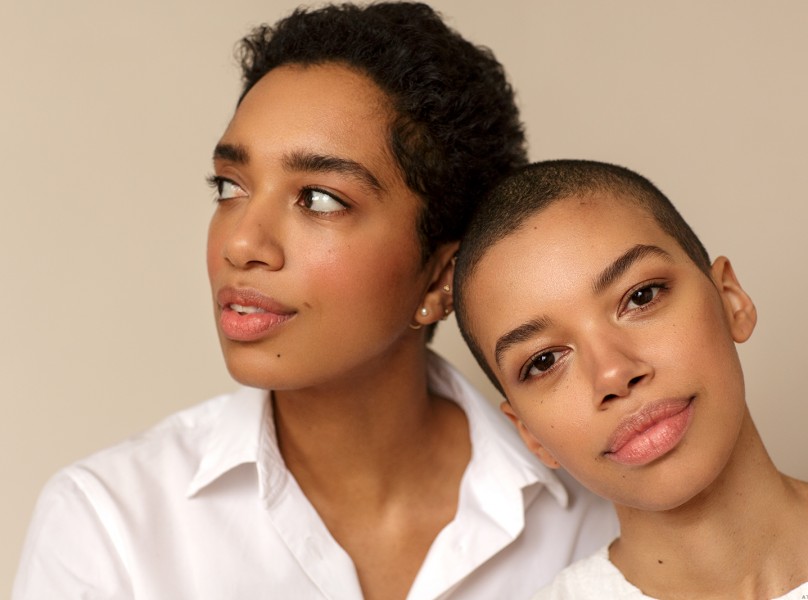
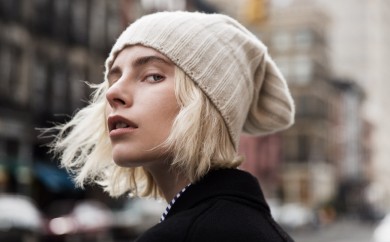
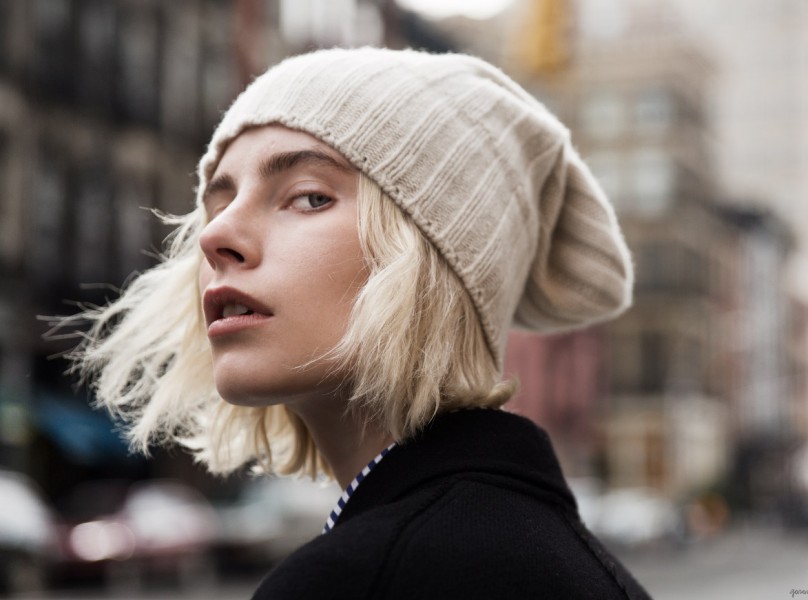
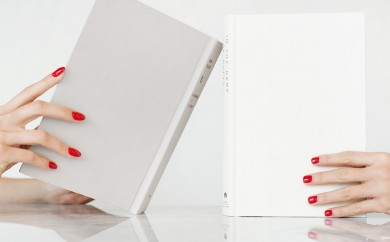
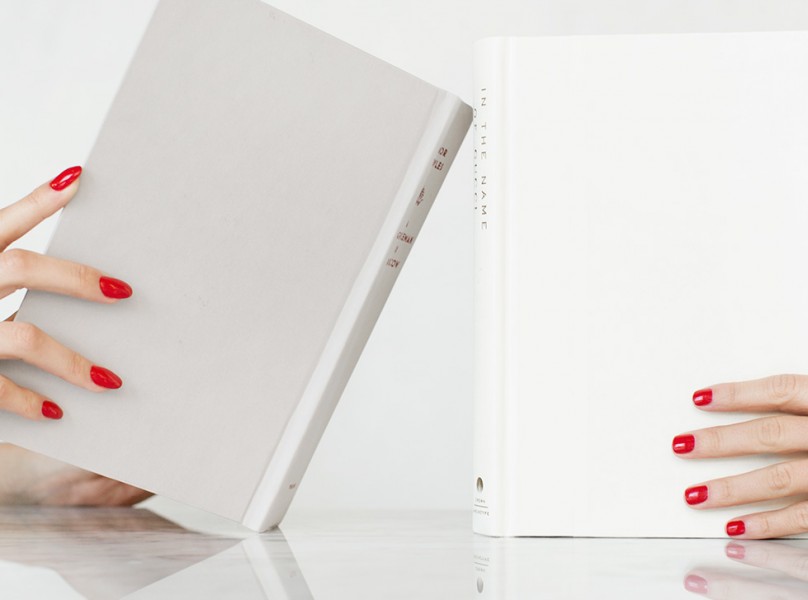
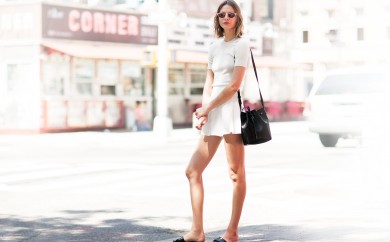
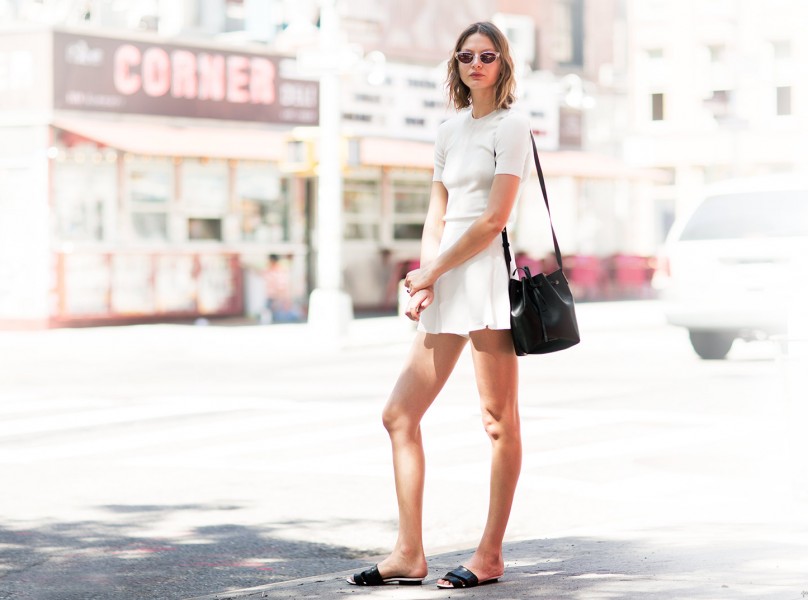
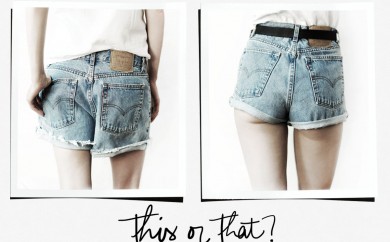
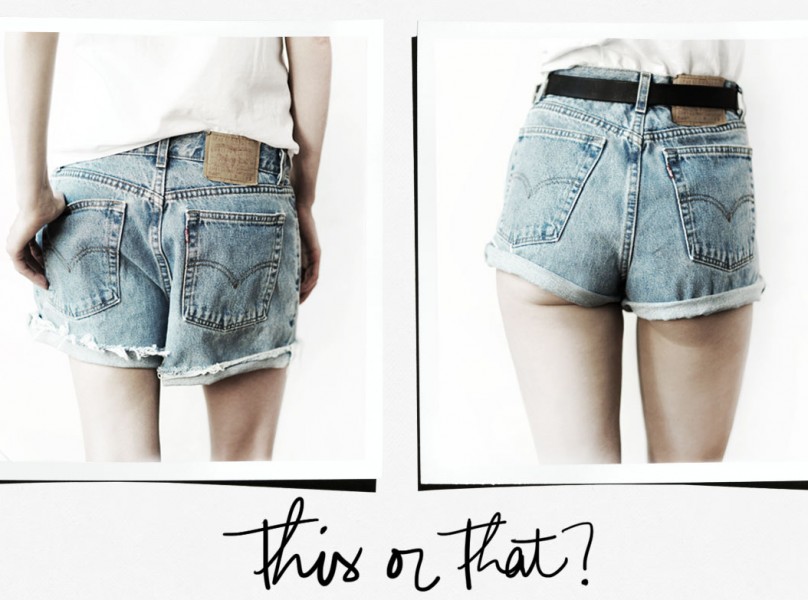
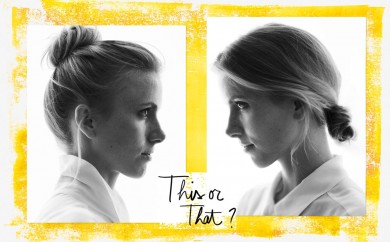
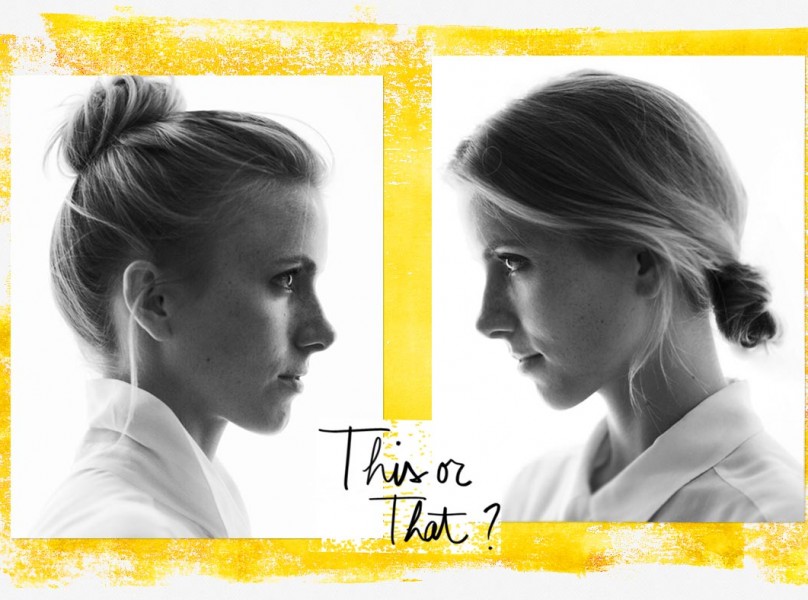
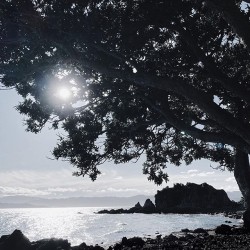
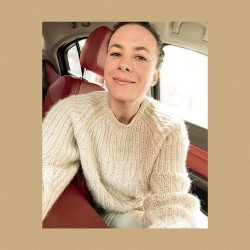
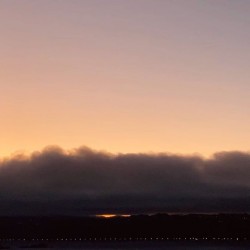
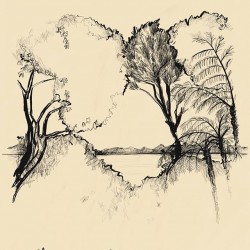
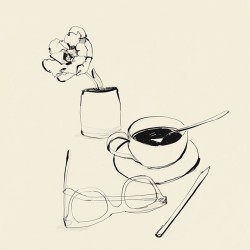
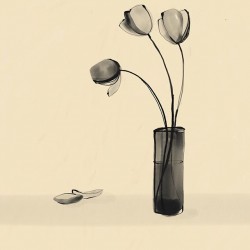
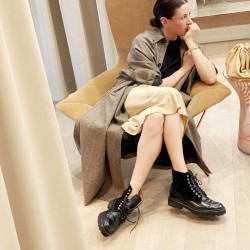
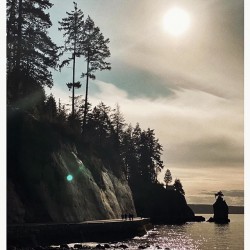
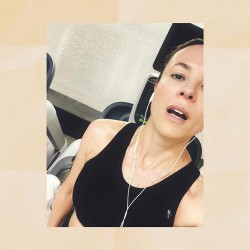
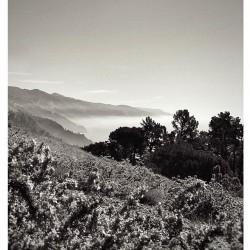
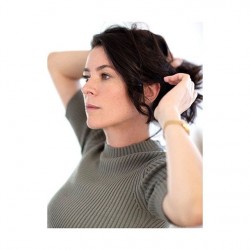
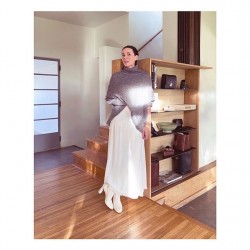
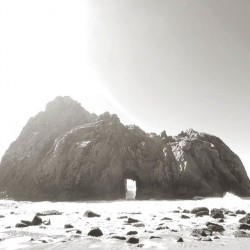
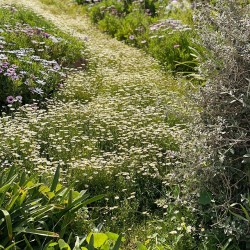
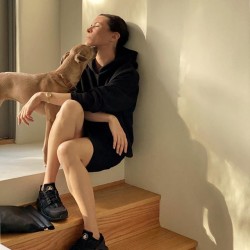
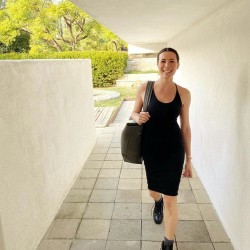
I loved this–as a fellow East Coast girl who grew up in Virginia Beach and knew many surfers and always thought surfing was SO cool but never tried, I love this very personal and evocative perspective. I also relate to the strange mixture of blessings and curses that this time has brought to all of us.
Beautifully written. I hope to join you in Hawai’i someday.
Beautifully written! I share many of those beautiful childhood memories with you.
Shaunna captured the essence of what living in Hawai’i is like at the moment with beauty and grace. This piece was a wonderful breath of fresh air. Mahalo for sharing!
‘the gloriously warm Hawaiian Pacific Ocean give one physical purpose, provide sustenance and permeate the soul’ – I was totally transported whilst reading this.
Wow! Loved this peace, especially the feelings that are gravitated towards it. So true :)
The article was a great inspiration for me
What a lovely piece. Thank you for sharing! Your writing is so descriptive, I swear I can smell the plumeria & feel the warm breeze. I hope to get back there again one day.
Love this, and missing Waikiki right now
Incredibly well written with a warm tropical vibe. Thanks for sharing Shauna